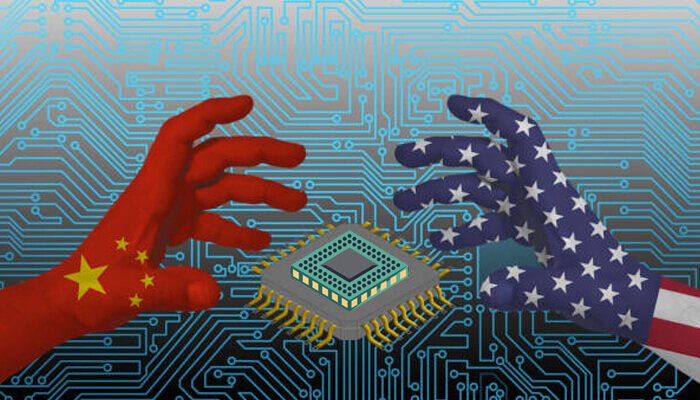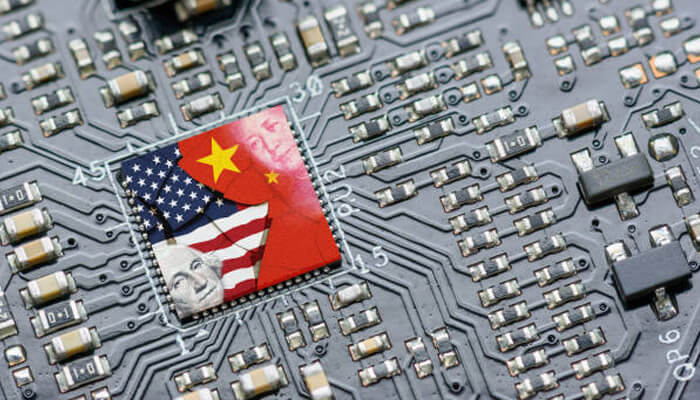The USA is undertaking steps to halt Chinese progress and prevent them from becoming a leader in the semiconductor industry. The United States wants to be the best provider of all products from smartphones to war weapons.
Both the United States and China are playing to become global leaders in the market.
USA Steps for Halting the Chinese Progress
The USA has undertaken numerous steps in this regard and has ensured that China does not get to progress easily. Here are some of the steps in the USA:
1. Washington enacted some of the toughest export regulations ever in October, mandating permits for firms sending chips to China created with US equipment or software, regardless of where on the globe they were produced.
2. Washington’s regulations also forbid US nationals and people with green cards from working for specific Chinese semiconductor manufacturers. Legal residents of the US with a green card are permitted to work there.
3. It is severing a vital conduit for American talent to travel to China, resulting in an impact on the advancement of high-end semiconductors.
4. On the “entity list,” more Chinese businesses
5. The “entity list” in Washington now includes 36 additional Chinese businesses, including the largest chipmaker YMTC.
6. It implies that American businesses will want government authorization before selling them specific tech and that approval is challenging to obtain. The US prohibitions have wide-ranging effects. Last week, UK-based computer chip company Arm acknowledged that US and UK constraints prevented it from selling its most cutting-edge designs to Chinese companies, including digital behemoth Alibaba.
7. Japan and the Netherlands might place export restrictions on China, which would restrict their ability to sell cutting-edge items to the Chinese market.
The Reasons Behind the Strict Steps Taken by the USA
Supercomputers, intelligent systems, ai, and military equipment are all powered by cutting-edge electronics.
According to the US, China’s utilization of the technology endangers its very own national security.
The guidelines were issued by US Commerce Department Undersecretary Alan Estevez, who stated that his goal was to make certain the US was taking steps and doing everything it could to stop China from acquiring “recent innovations with military uses.”
We are upgrading our rules today to ensure that we are addressing the problems because the threat landscape is constantly changing, he said.
Far-Eastern Response to the USA Policies
China, however, has referred to the restrictions as “technology terrorism.” At the World Trade Organization (WTO), China has lodged a protest against the US for its export restrictions on semiconductors and other similar technologies.
Since President Joe Biden assumed office in January 2021, China hasn’t initiated a dispute against the World Trade Organization (WTO) against the US.
China claimed in its WTO application that the US was exploiting export restrictions to uphold “its leadership in the research, information, design, and industrial industries.”
Additionally, the “stability of the global industrial supply networks” was jeopardized by US activities. Taiwan, Singapore, and South Korea, three chip-producing nations in Asia, have expressed concern regarding how this fierce conflict is harming the worldwide supply chain.
China May be Further Isolated by the USA in the Future
Analysts claim that US restrictions may further isolate China from other chip-producing nations, despite Beijing’s clear declaration that it intends to prioritize the production of semiconductors and establish itself as a superpower in the industry.
Even if the most recent actions are not as extensive as those declared in October, the US has now considerably isolated China’s chip industry. Experts assert that United States restrictions could further isolate China from other chip-producing nations, despite Beijing’s clear declaration that it intends to prioritize the production of semiconductors and establish itself as a superpower in the industry.



